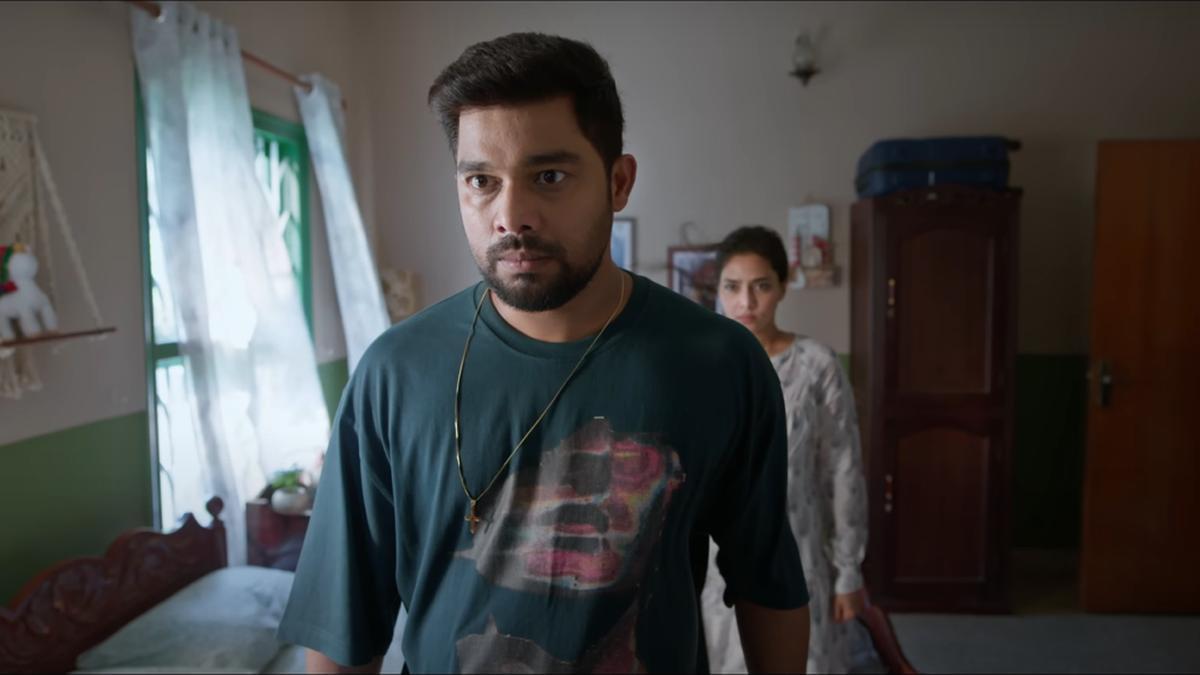
As a Toda tribesman sprints through the dense forest on his peculiar quest, a bracing mountain breeze nips sharply at his features. Pausing for a breath, the natural percussion of a woodpecker fills the air, its rhythmic tapping echoing like the rapid hammering of nails. In another scene, with hefty axe in hand, the man cleaves into the bark of a tree. A short while later, his gaze shifts to admire the tranquil expanse of a nearby lake, resolute to accomplish the task he’s set for himself: locating a rare and elusive flower. This is a glimpse into the world of “Mayan,” a fictional representation of the Toda people, crafted not just as visual art but also as an auditory journey thanks to the meticulous work of sound engineer A Harikrishnan.
The film, brought to life by writer and director Surya Seenivasan, traces its roots back to the Cannes Film Festival, and has since garnered accolades at various film festivals spanning Kolkata, Mumbai, and Udhagamandalam. Harikrishnan’s soundscape is more than a mere backdrop—it’s a heartfelt homage to the Toda culture that is deeply intertwined with nature, from their livestock to the sacred rituals performed in dairy temples.
The Todas, one of the earliest tribes of The Nilgiris, hold a deep reverence for the natural features that dominate their landscape: peaks, slopes, forests, rocks, rivers, and paths all carry a sacred significance. Our protagonist, seemingly disoriented within the forest’s embrace, finds guidance from childhood tales and indigenous rock art, propelling him towards his florid goal.
Harikrishnan, whose education gleaned from A R Rahman’s KM Music Conservatory, describes this project as a breath of fresh air compared to his prior engagements in sound engineering with Stonebench Productions and various horror and mystery shorts. For “Mayan,” the sound was an intrinsic element, captured live in-sync with the visual tapestry to intensify the audience’s immersion. The cries of the forest, the songs of Toda women as they embroider—these and more were compiled with the assistance of studio recordists Sriram and Vikram, who even recreated the rustle of leaves within the confines of a studio setup crafted to mimic the forest floor.
The role of a sound designer like Harikrishnan is to etch an acoustic layer upon a narrative, enriching it with an unseen texture that resonates emotionally with the viewer. His personal library boasts over three hundred thousand sounds—engines thrumming, water cascading, birdsong—a testament to his dedication to the craft. The true impact of his work, he suggests, is the augmentation of a scene’s mood and atmosphere, providing necessary pauses and effects to fully realize the director’s vision.
While Harikrishnan is currently immersed in projects such as “Nakkalites,” a popular satire web series, and an upcoming feature film, his passion lies in the realm of independent cinema. It grants him the creative latitude to innovate and shape auditory experiences that truly captivate. He’s also embarked on an auditory odyssey through Coimbatore, archiving the sounds of the bustling cityscape, which will inevitably enhance future short films rooted in the local milieu.
One such project already underway deals with the pressing environmental concern of how eucalyptus plantations are impacting the livelihood of the Todas. Meanwhile, Harikrishnan’s engagement with the sounds of the world continues, an eternal hunt for the audio essence of life and culture—a hunt as intently pursued as the search for the exotic flower within “Mayan.”
For a closer look into Harikrishnan’s auditory expeditions and upcoming projects, you can follow @aylarecords on Instagram.










